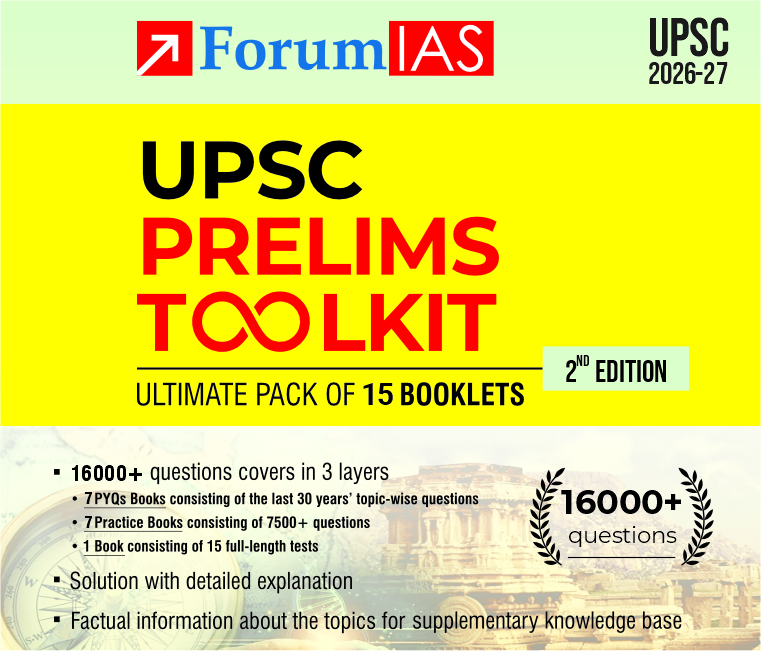Contents
Synopsis: In-house inquiry procedure needs to be made transparent
The issue:
- Recently, the Supreme Court dismissed the complaint from Andhra Pradesh CM against Justice N.V. Ramana, on the basis of in-house inquiry.
- But the court declined to disclose the findings of the in-house inquiry. This has raised issues of transparency in the court’s process.
- According to a 2003 judgment of the supreme court, In-house inquiry is meant only for “the information and satisfaction” of the CJI, and not for the public.
Background
- CM of Andhra complained to CJI that Justice Ramana (the senior most judge of the Supreme Court) has been influencing the Andhra Pradesh High Court against his Government.
- He also accused that the family members of Justice Ramana were involved in Amaravati land scam. The prior knowledge that Amaravati was to be declared the State’s capital was used for speculative buying of land in Amaravati.
Why the confidentiality procedure needs to be changed?
- Firstly, it leads to opaqueness and arbitrariness in the court’s functioning. For example, the evidence used to dismiss the complaint is unknown.
- Secondly, dismissal of the complaint means that a serving CM has levelled false charges against a senior Supreme Court judge. This will invite contempt of the court if the committee found no merit in the allegations. So, at least the complainant should get to know the fairness of the procedure.
SC must remove the confidentiality rule to demonstrate that justice was both done and was seen to be done.
Source: The Hindu






